Honda doesn’t mess around with the Type R brand. When a car bears the name, the chances are it’s a machine for the history books. For an early example of this, look straight to the Integra Type R.
The first generation Type R, codenamed DC2, was introduced in 1995 and was the second Type R product after the Honda NSX first got the treatment. The second generation DC5 was produced from 2002 until 2006. Both cars immediately impressed in their sole market of Japan, and that success helped it become UK-bound only two years later.
Out of the DC2 and DC5 generation, however, which should you go for? Let's investigate both cars in turn.
Honda Integra Type R (DC2) used buying guide
Us Brits received 500 examples of the DC2, each with a starting price of £22,500 – equivalent to around £39,500 in today’s money – so it wasn’t exactly cheap. In fact, it cost more than either the Nissan 300ZX or any four-cylinder Fiat Coupé did back then.
Evidence of the Integra Type R’s greatness begins with its atmospheric (both literally and figuratively) engine. The 1.8-litre four-cylinder is unruly, with a turbo-less 187bhp thanks in part to Honda’s VTEC variable valve timing. Exceed 6500rpm and it surges spiritedly towards a vertiginous 8700rpm redline. And if you think that’s mad, wait until you get a load of one with an ECU from tuner Spoon, because it can raise that number into five figures.
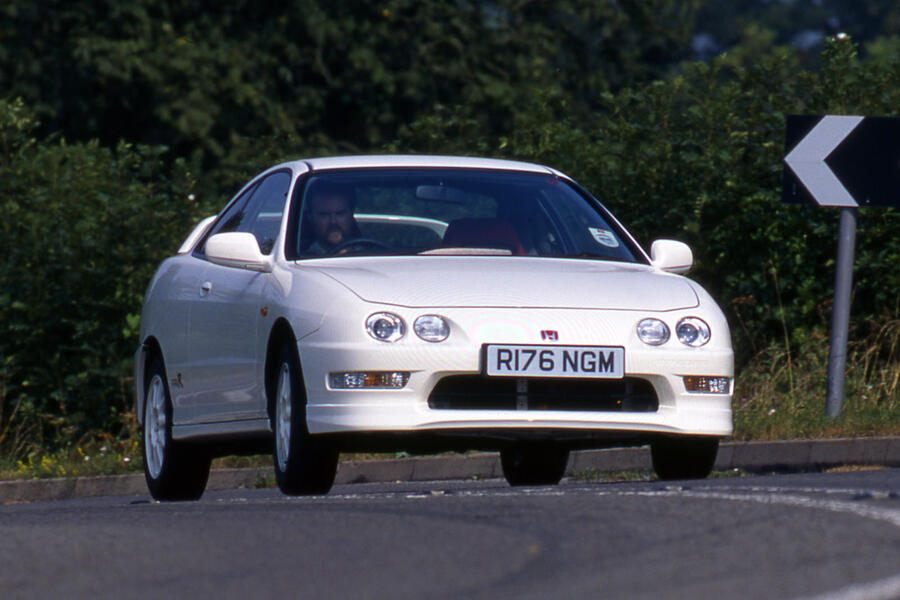
As well as peak power and torque being up high in the rev range – 8000rpm and 7300rpm respectively – you’ll also find the most fun there. Hearing this tiny two-door scream a mighty battle cry, one unique and synonymous with these classic Type Rs, is quite the experience.
Naturally, extracting this entertainment does require a rather heavy right foot – and often a downshift – but that’s no chore. In a sentence, the car’s controls are from the driving gods. The five-speed gearbox is a joy to operate, while the polished steering and chassis creates adjustable, predictable handling. Its limited-slip differential also helps, allowing this front-wheel-drive coupé to put power down competently and aggressively no matter what.
The Integra Type R is light, too, coming in at just 1125kg. Compared with the regular Integra, it has a slimmer and lighter windscreen, lighter wheels and minimal sound deadening. Even air conditioning was an optional extra, just like in a BMW M3 CSL.
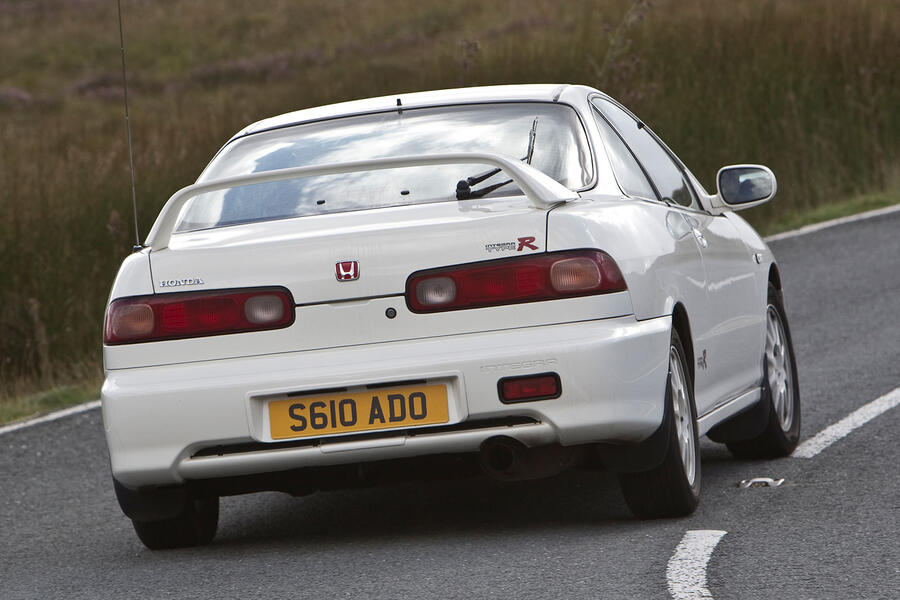
You don’t even have to get behind the wheel to gauge its driver focus. Its chin spoiler and rear wing give off Fast and Furious vibes, while its figure-hugging red Recaro front seats each have holes for a seatbelt harness. The first UK cars are all Championship White in honour of Honda’s first grand prix-winning car – it was victorious in the 1965 Mexican Grand Prix, in case you were wondering.
Unfortunately, the second-generation Integra Type R (codenamed DC5) reverted to Japan-only sales in 2001, but many have been imported here. Prices for UK DC2s, meanwhile, generally range from £11,000 to £20,000.
Considering prices are on the rise, and bearing in mind that other Japanese icons of the 1990s have already risen beyond £50,000, now looks like the best time to buy. You might struggle to find unmodified or low-mileage examples, but if you do, just tell yourself it has been worth it, because you now have a future collectible on your hands.
What we said then
17 September 1997: “Driving enjoyment aside, some will adore owning a car whose build quality and reliability are as surefire as sunrise and sunset. Or one that has an engine that revs to nearly 9000rpm without feeling in the slightest bit delicate.”
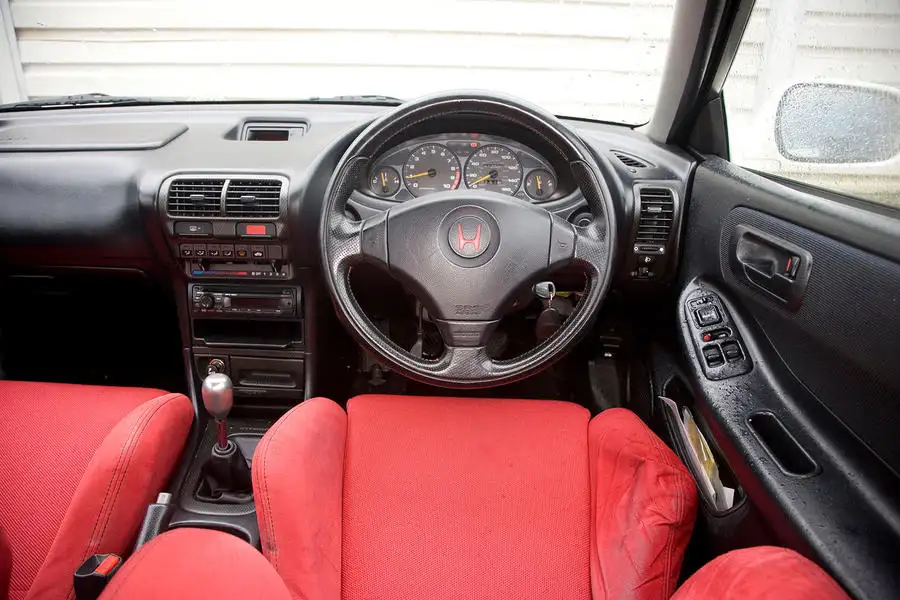
An expert's view
Simon Clarke, Midland Honda Services: “It’s a fantastic car to drive. At the time it was made, it was way ahead of anything else. And they’re incredibly reliable, just like the rest of the Honda range. Keep changing the oil and they’ll last forever – tyres and brake pads, too, but that’s about all you need to do. If you can find a nice one and you’ve got some cash in your pocket, it would be a good investment. An investment that you wouldn’t have to lock away. You could use it every day if you wanted to, and I know a couple of customers who do.”
Buyer beware
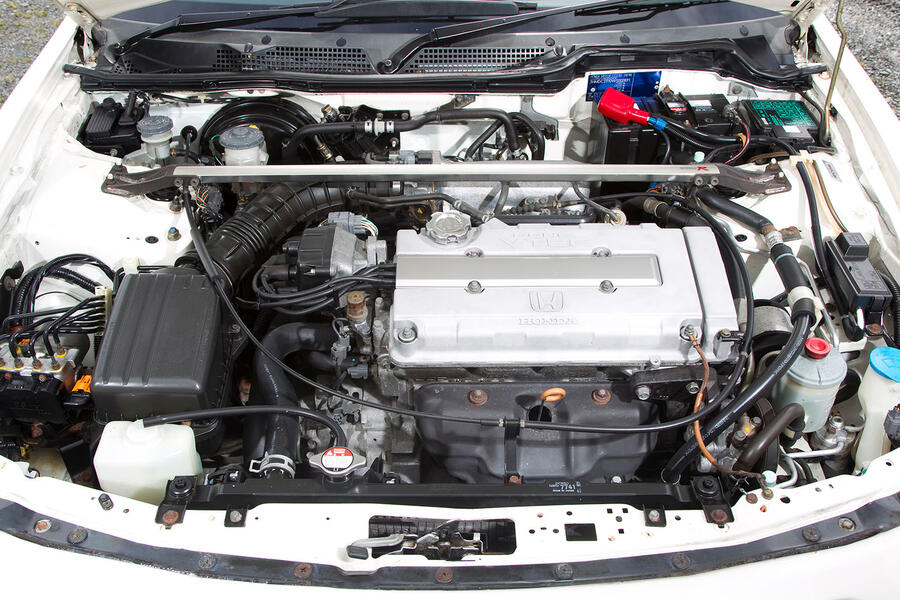
Engine: It uses little oil but check the correct level has been maintained. It’s recommended that you carry out oil changes every 6000 miles, cambelt changes every 60,000 and coolant changes every three years. Look out for amateur aftermarket modifications. A rattle or buzz when you blip the throttle could be a loose exhaust shield.
Gearbox: If the clutch is worn, the gearbox will struggle to cope at high revs. Check for oil leaks from the slave cylinder. Feel for any drag and listen for worn second and third-gear synchros.
Brakes and suspension: High mileage brings noticeable wear. That said, large discs mean the brakes withstand punishment well.
Body: Check signs of cheap repairs and the fit and finish of the panels. Tin worm around the rear wheelarches and the underside is common; a fresh MOT indicates it’s not structural (yet…). Check the boot floor isn’t swimming with water due to perished seals around the tail-lights. Ensure the thin windscreen glass isn’t chipped.
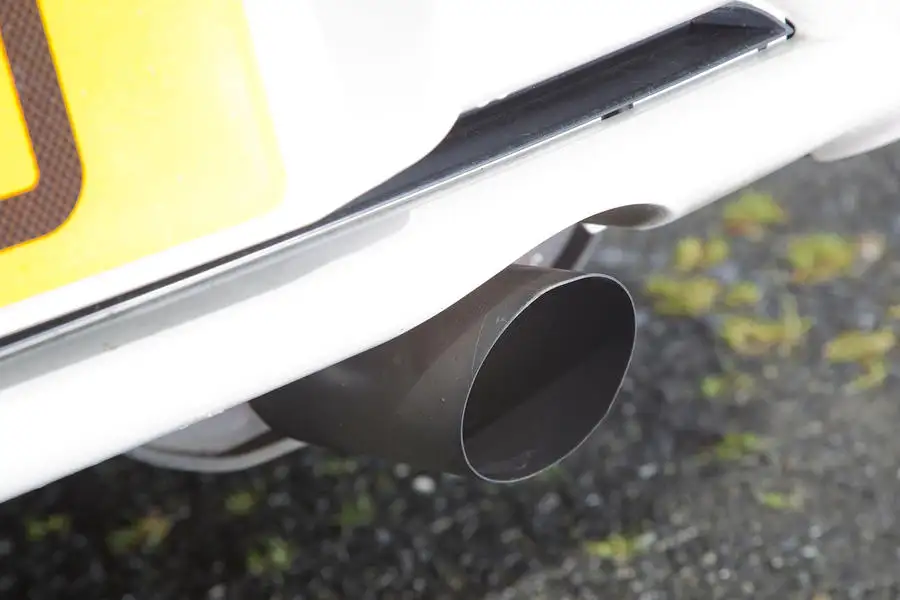
Interior: Expect the steering wheel to be shiny and the prominent driver’s seat side bolsters to have lost their embrace. Ensure the car has the red master key – a replacement won’t be cheap.
Honda Integra Type R (DC5) used buying guide
Always leave ’em wanting more: who said that first is up for debate, but the commercial sense behind it is not. Almost every high-end car brand employs it to some degree by making far fewer of a certain model than they can sell.
Porsche, Ferrari, Bentley, Aston Martin et al, they all do it. But Honda? Yes, even Honda has left ’em wanting more.
Just 500 examples of the Integra Type R were brought to the UK, starting in 1997. Most were sold before they arrived on the strength of reviews of the car, which had been on sale in its native Japan since 1995. It was, simply, brilliant to drive and Honda could have sold way, way more than 500.
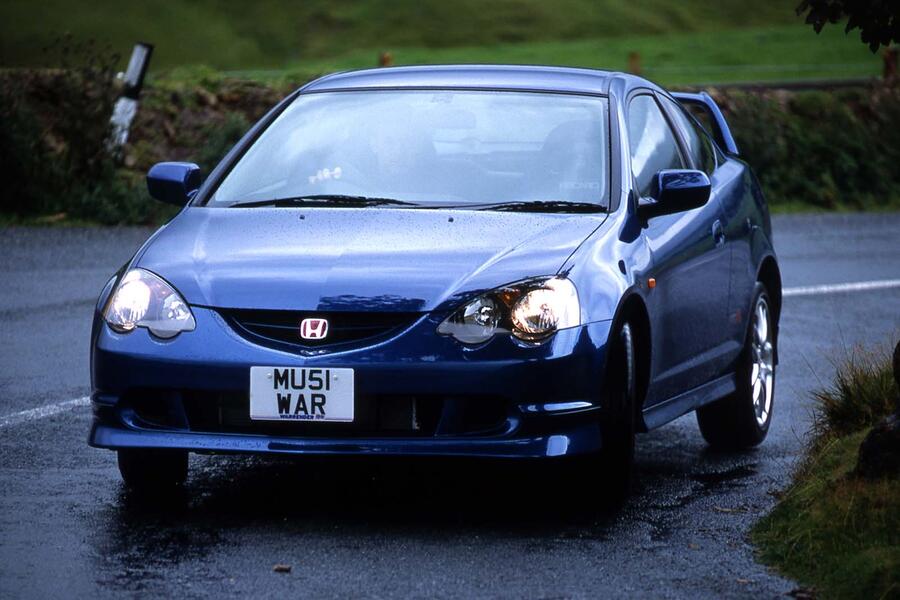
Then it got worse. The first, DC2-gen Integra Type R ended production in 2001 and its DC5-gen successor, from 2002, was only ever sold by Honda in Japan.
Thankfully, though, private importers brought limited numbers to the UK – and still do. So if you want a DC5 Integra Type R today, you’ll be able to find one. Plenty of DC5s bear high mileage now but that’s no surprise, given how sweet this car is to drive. Its pièce de résistance for some is its super-strong 2.0-litre engine.
It’s 200cc larger and 30bhp more powerful (at 217bhp) than the DC2’s, yet it’s 10kg lighter.
It remains naturally aspirated and thrives on revs. Honda’s i-VTEC variable valve timing starts to play at 6000rpm, when there’s a distinctive change in the engine’s character: acceleration goes from a casual build to a screaming surge all the way to its 8400rpm redline. Peak power arrives at 8000rpm and peak torque (154lb ft) at 7000rpm.
The DC5 is no one-trick pony, though, and many others will tell you its trump car is actually its handling. A team of former Formula 1 engineers put this car together and it shows. The nose responds quickly and precisely to steering inputs and there’s plenty of poise and balance.
The Type R is taut (body roll is almost non-existent), agile and athletic. It helps, of course, that it weighs just 1170kg. The DC5 resists understeer exceptionally well, aided by a limited-slip diff, and we don’t just mean for a front-wheel-drive car.
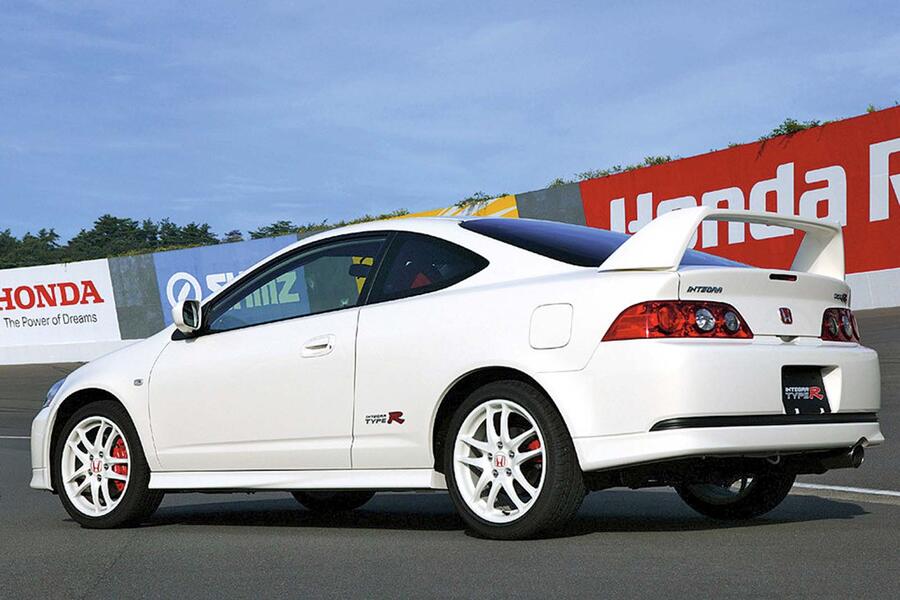
It looks the part too – clean, yet sharp and aggressive. The rear wing isn’t just for show, either: it’s proper, functioning aero to reduce lift. And inside, the DC5 feels special, with Recaro seats, a Momo leather wheel and polished aluminium for the pedals and gearstick.
It has a six-speed manual gearbox. Like all Type Rs, the shift is precise and satisfying, which is good because you’ll be using it a lot. With a 0-60mph time of around 6.5sec and a top speed of 148mph, the DC5 can easily take on most hot hatches and it’ll run rings around its predecessor.
Reliability is bulletproof too, so don’t be afraid to lean on it, because the DC5 Type R was designed to be driven hard.
Honda sold 12,247 of these in Japan, so there are still a fair few going around, but far from an infinite number. Examples in good nick and with fewer than 100,000 miles on the clock aren’t getting any cheaper, either. So if you’re tempted, don’t delay.
What we said then
26 September 2001: “Not as madcap as the car it replaces, but still a quick and desirable package. Lobby your Honda dealer to import one.”
An expert's view
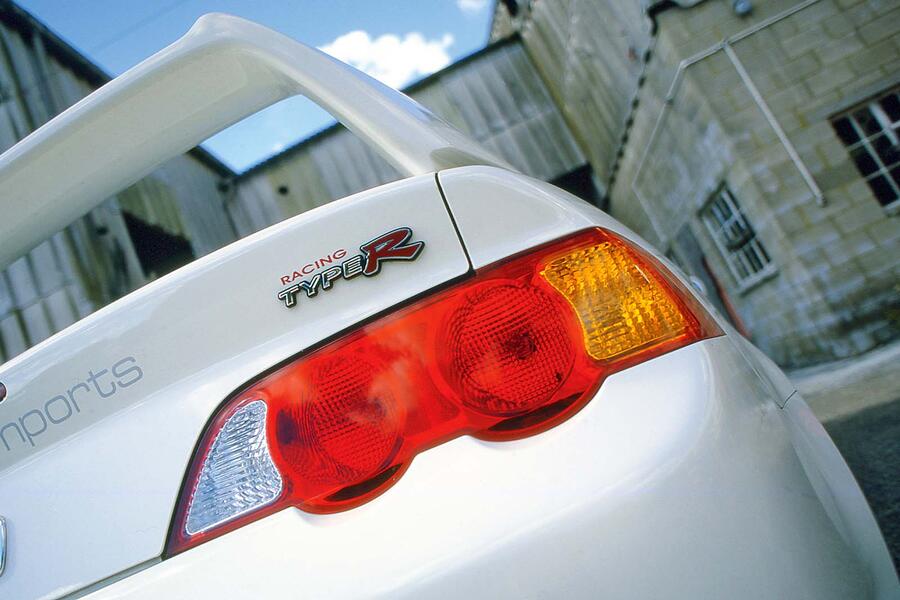
Simon Clarke, Midland Honda Services: “The DC5 is the evolution of the DC2. Everything they should have done with the DC2 they’ve done with the DC5: slightly bigger engine, better suspension. They’re great to drive. You can set them up to handle like a go-kart.
"They’ve got massive amounts of mechanical grip if they’re set up properly. Bulletproof reliability. Great investment. Parts for them aren’t too easy to get because they are an import, after all. The last ones were produced back in 2005 and 2006, so it hasn’t been made for a while. But there are a lot of aftermarket parts available for them and many of the parts will cross over from the EP3 [Civic Type R].”
Buyer beware
Engine: Due to its age, the Integra Type R is becoming increasingly prone to perished engine mounts. There are plenty of different replacement options to choose from, depending on how rigid you want the mounts to be.
A faulty O2 sensor is a common issue. It can be identified by a ‘check engine’ light and it is usually an easy fix because the sensor simply needs replacing.
Transmission: Sloppy gearshifts could mean the gear selector bushes are worn.
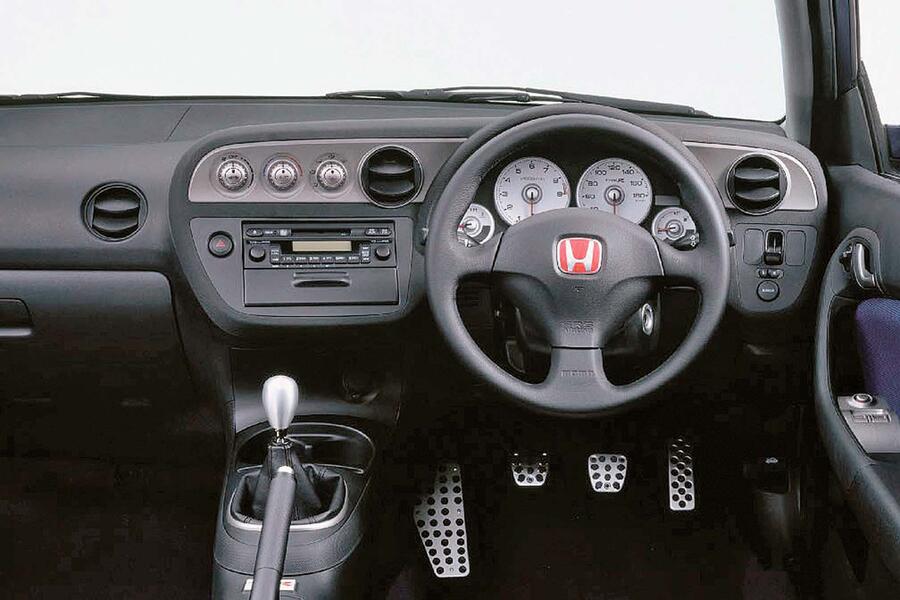
Interior: The DC5’s Recaro seats will hold you in place well, unless they’re extremely worn (as many are), so spend some time in them and look for signs or wear around the bolsters.
Body: If you find water in the boot after it has been raining or you’ve been washing your car, this could indicate that your rear light seals need replacing, because they’re letting water in. This is a common issue.
Don’t be too surprised if the red Honda badges and Integra Type R stickers have faded after two decades of exposure to sunlight, especially on cars not routinely garaged. Don’t worry, though: replacements are easy to obtain.
Rust: Check everywhere for it, especially underneath the car.
Modifications: Many Integra Type Rs have been modified, so if previous owners have changed any aspects in the pursuit of repair, visual customisation or performance enhancement, make sure any aftermarket work is of a good quality and has been done by a reputable professional.
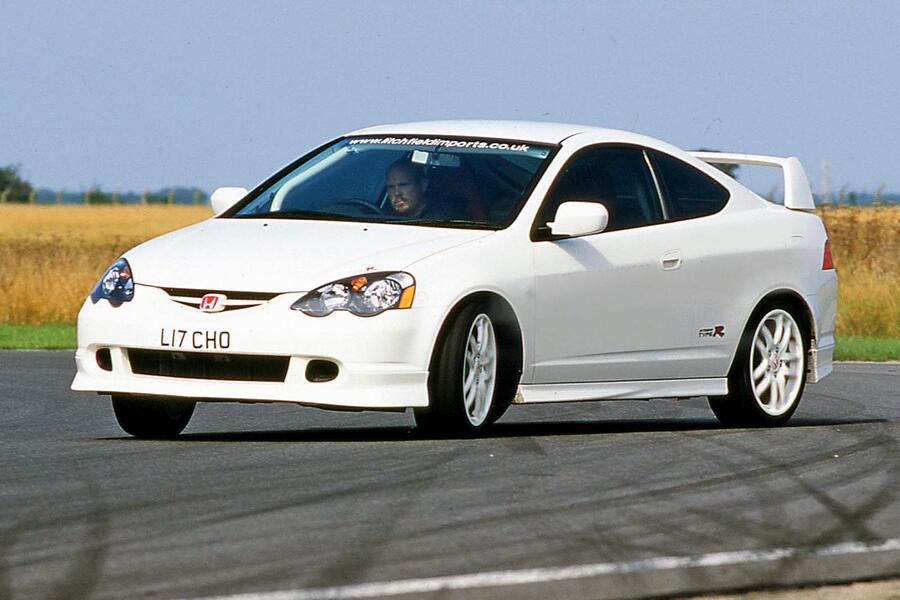
Also worth knowing
For 2004, the Honda Integra Type R received an update, including new, squared-off front and rear lights, plus a revised front grille. Inside, it received new white gauges and titanium-coloured trim, as well as keyless entry and sat-nav. The suspension gained harder bushes, too, and Honda made the brake master cylinder larger and added tougher pedal mountings.
How much to spend
£7000-£9999: Examples in rough condition or with extraordinarily high mileage.
£10,000-£11,999: Private sales. Probably with more than 100,000 miles on the clock. Conditions can be respectable, but modifications are often present.
£12,000-£16,999: Majority of DC5s reside here. Mileages hover around 100,000 and independent dealers become more common. Conditions tend to be good.
£17,000-£20,000: Well-preserved examples. Mileages can dip below 50,000, but that remains a rare sight.
One we found
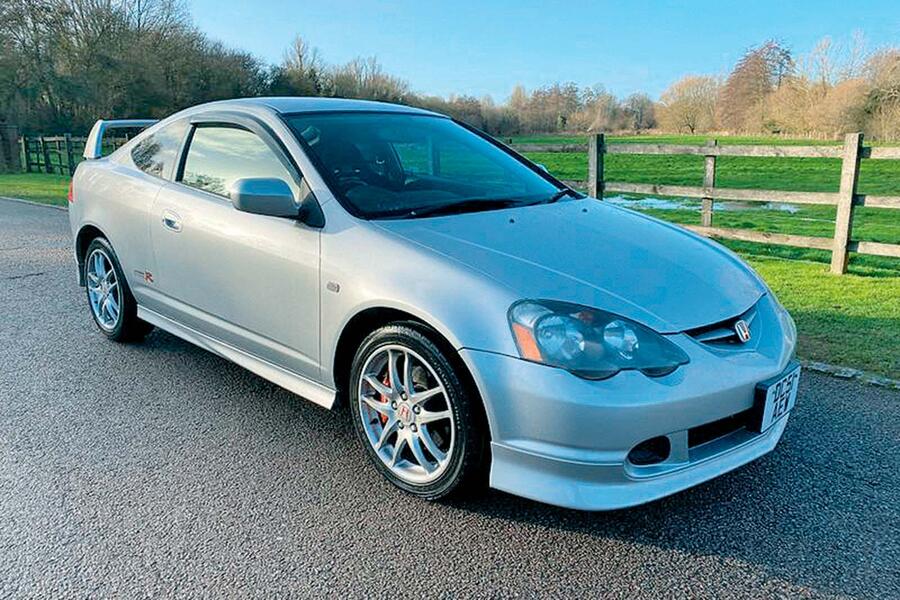
Honda Integra Type R, 2002, 100k miles, £12,450: While almost nobody buys an Integra Type R for comfort, anyone who plans to use theirs on a regular basis might appreciate this car’s Comfort Pack. This means its rear windows are tinted and it has a rear window wiper and folding mirrors. Apart from that, all you need to know is that this is a tidy example.

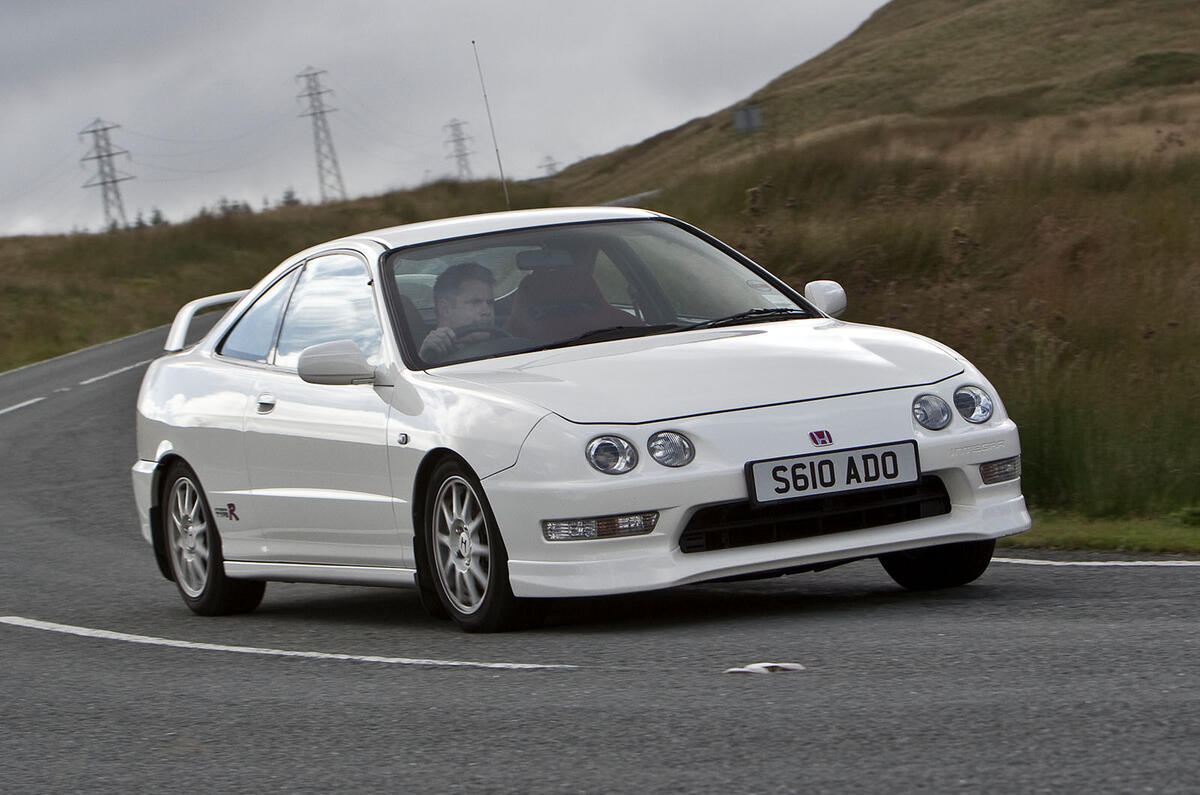
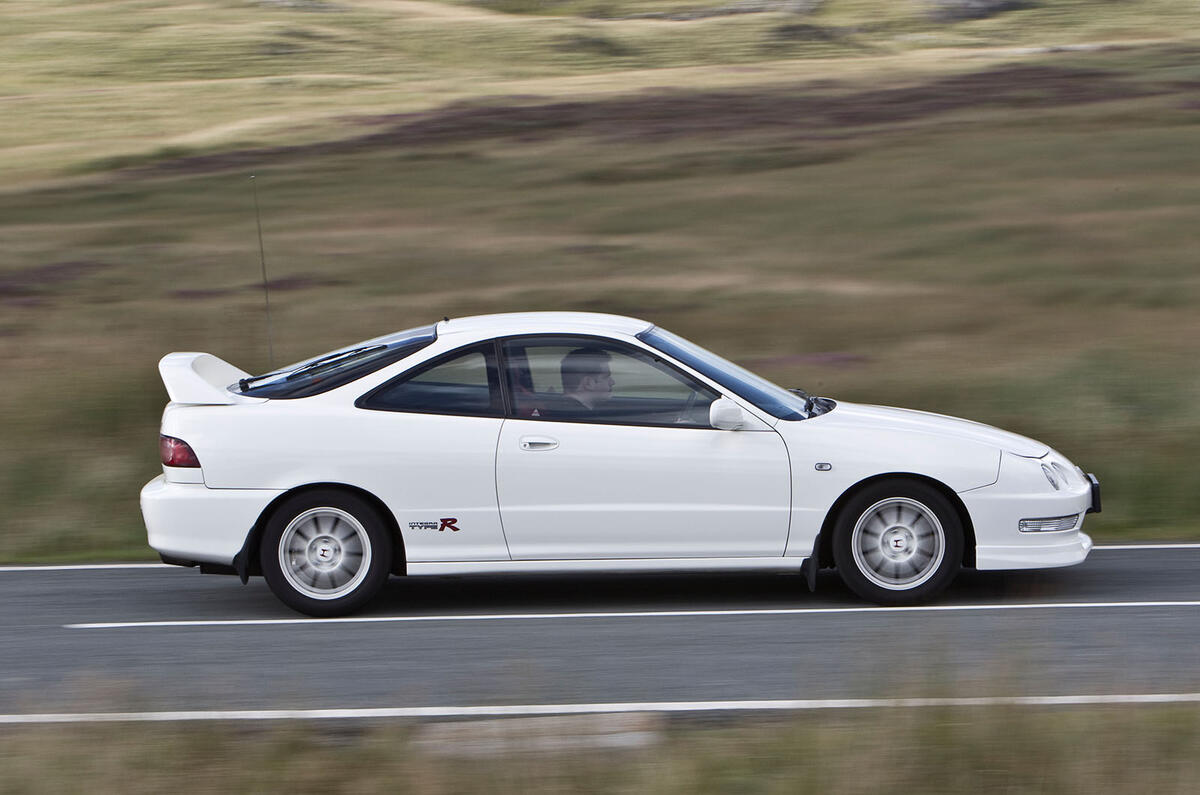
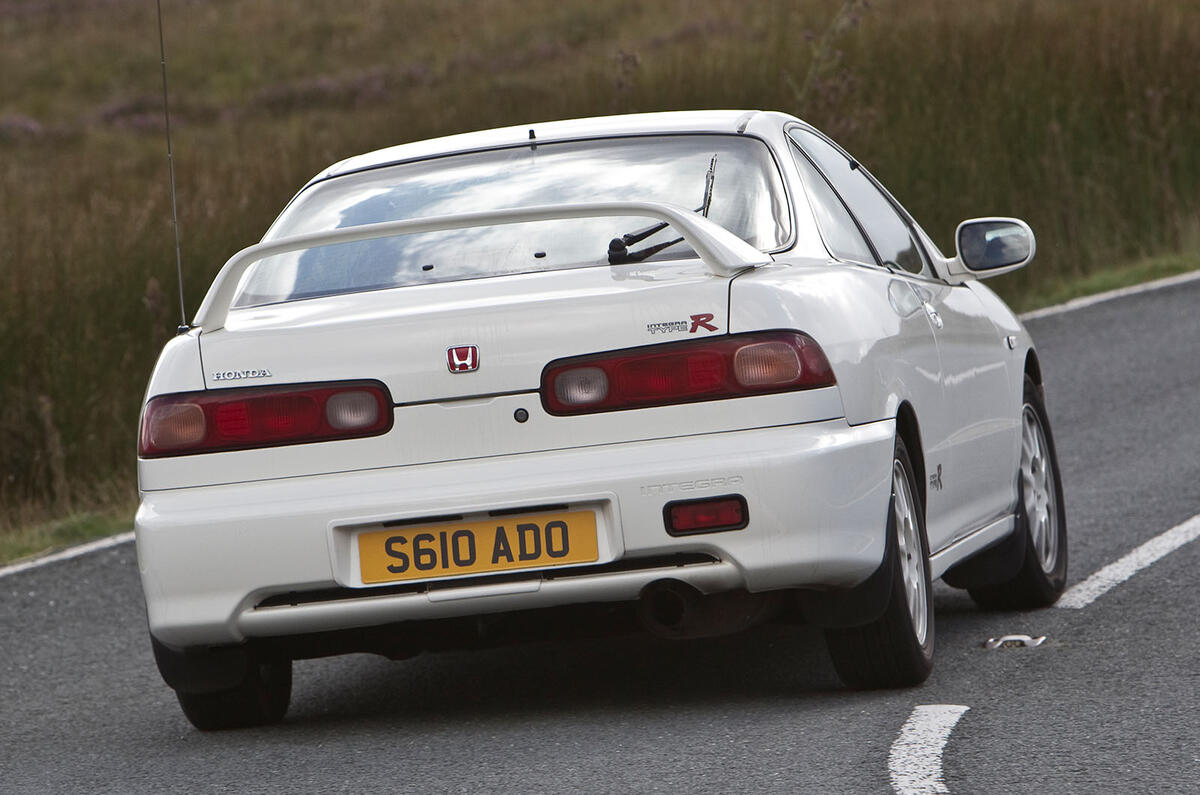

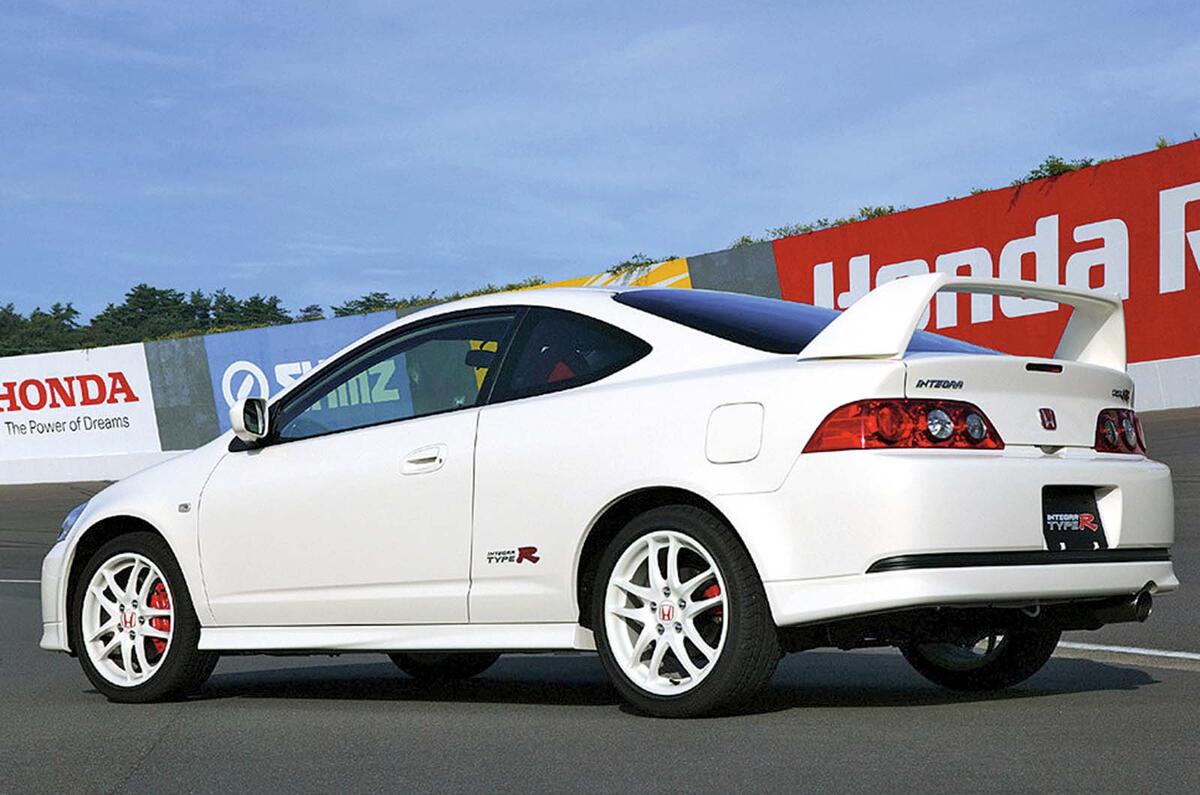
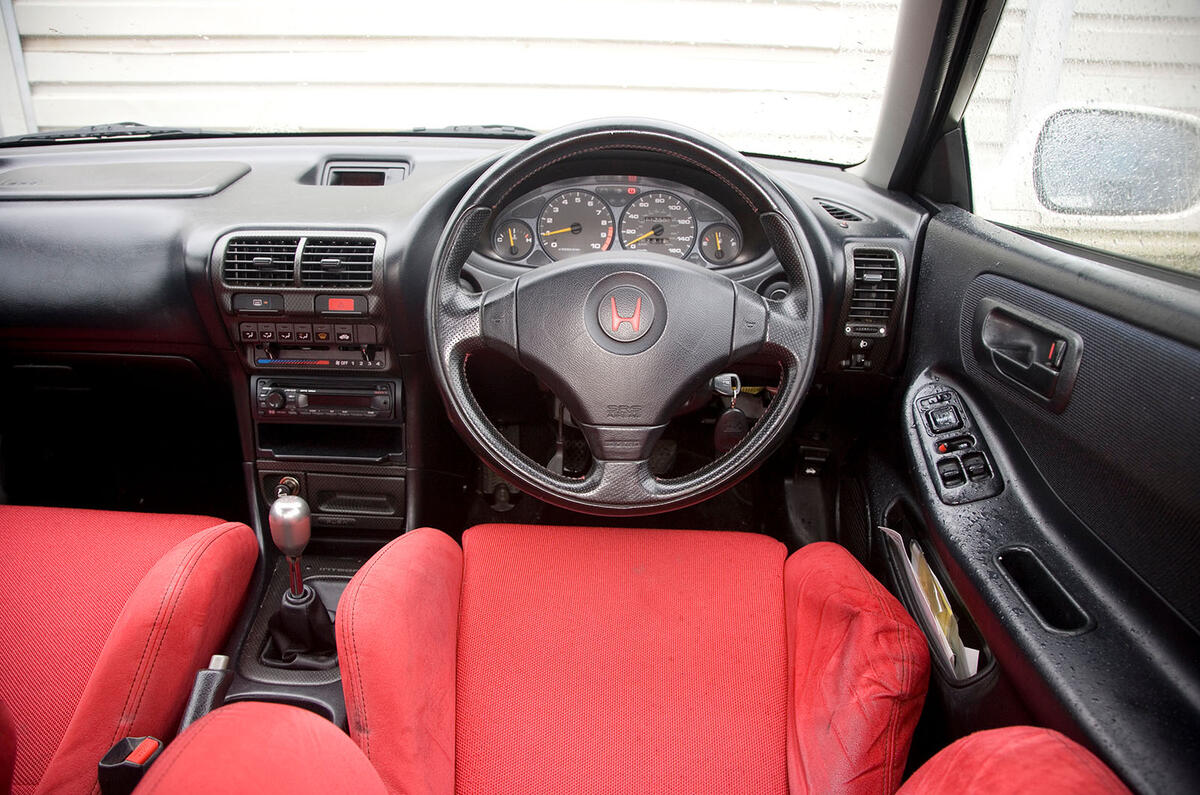
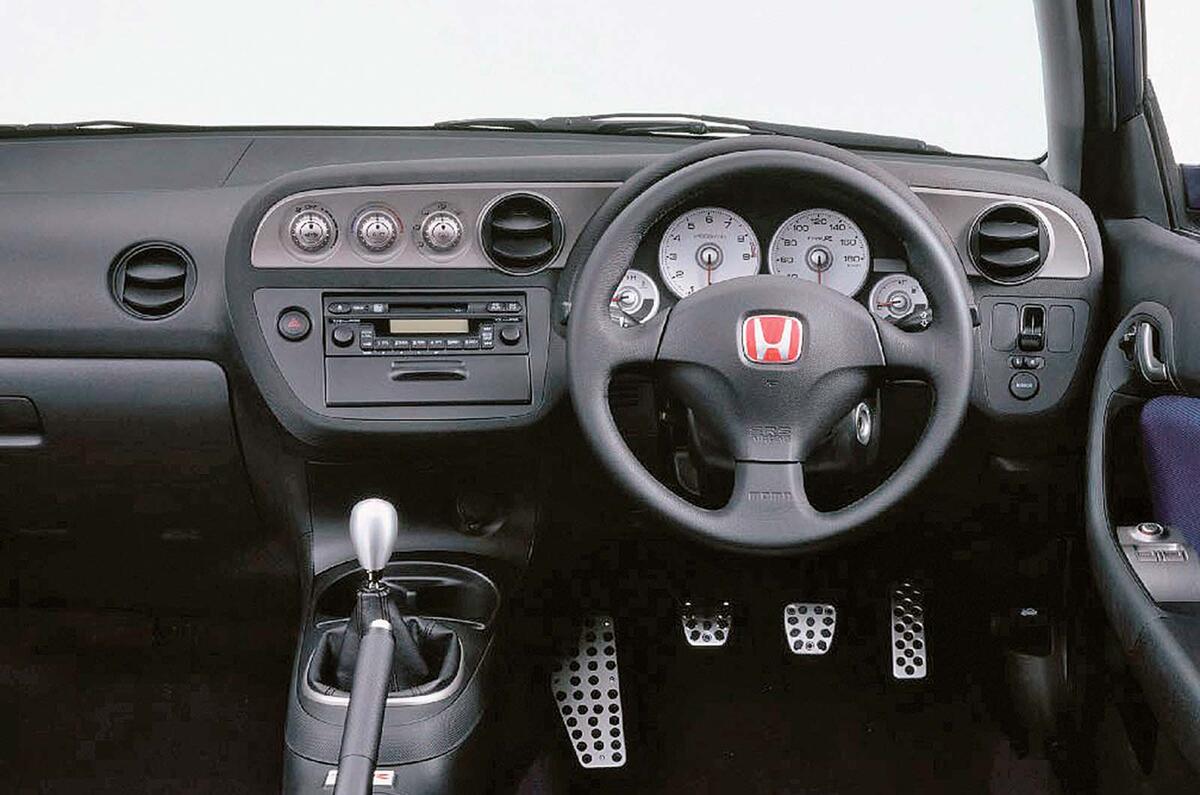
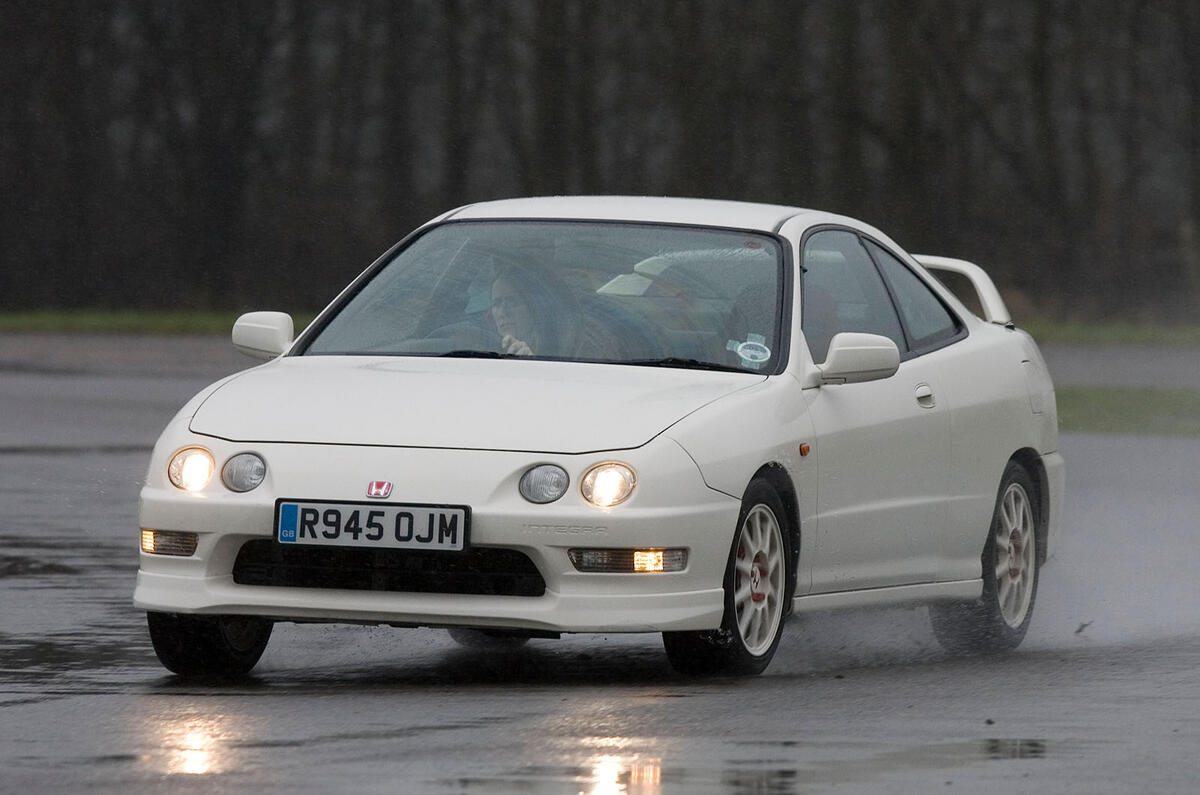
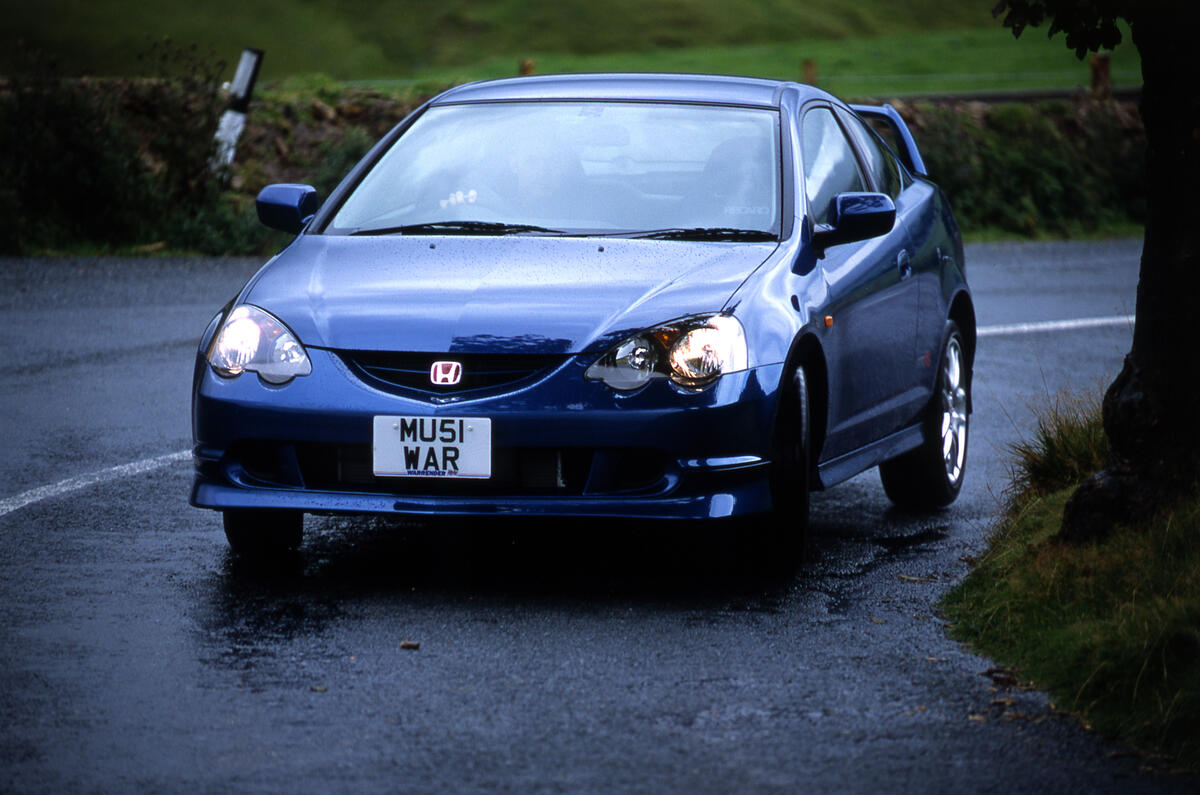
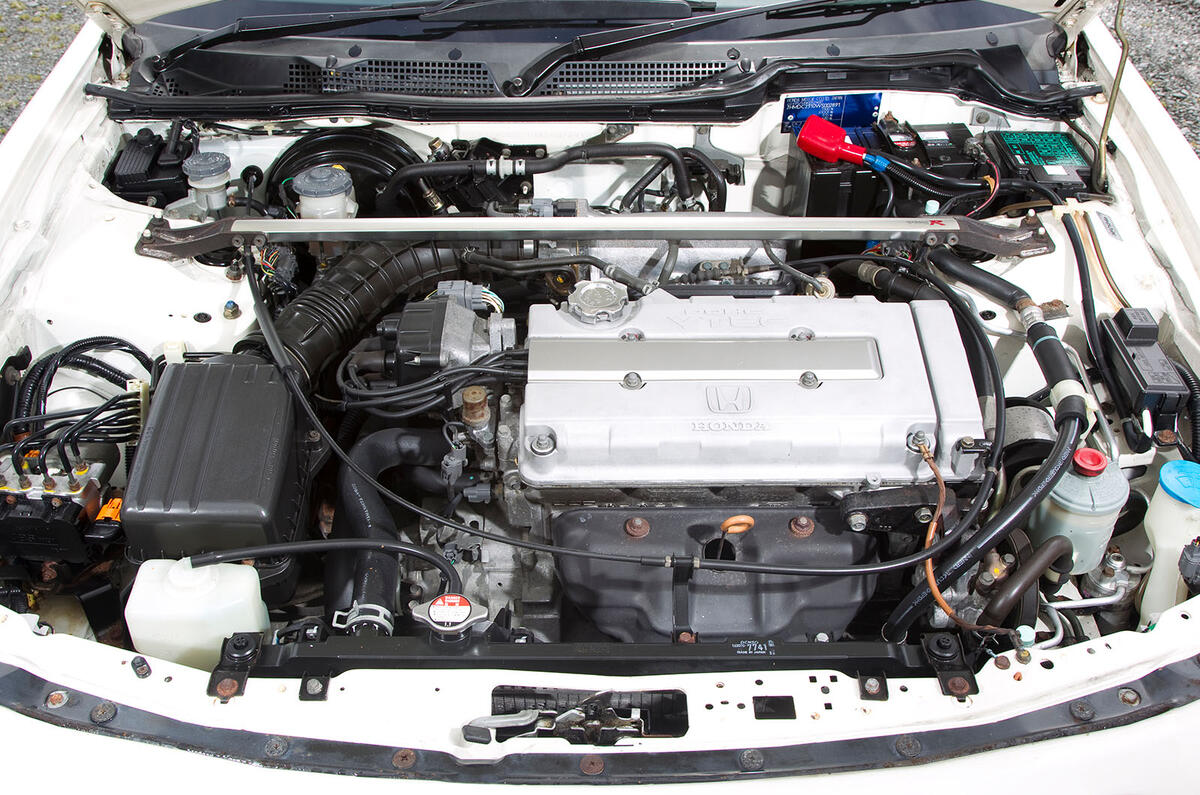
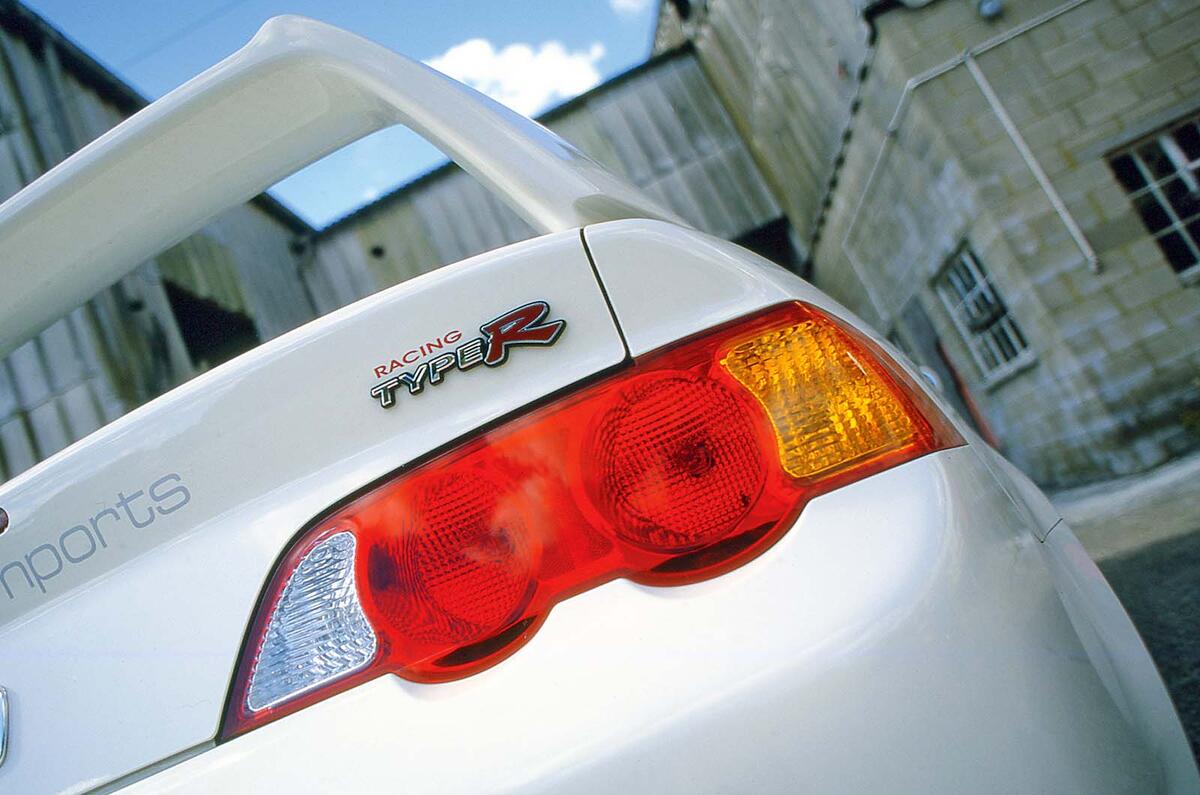
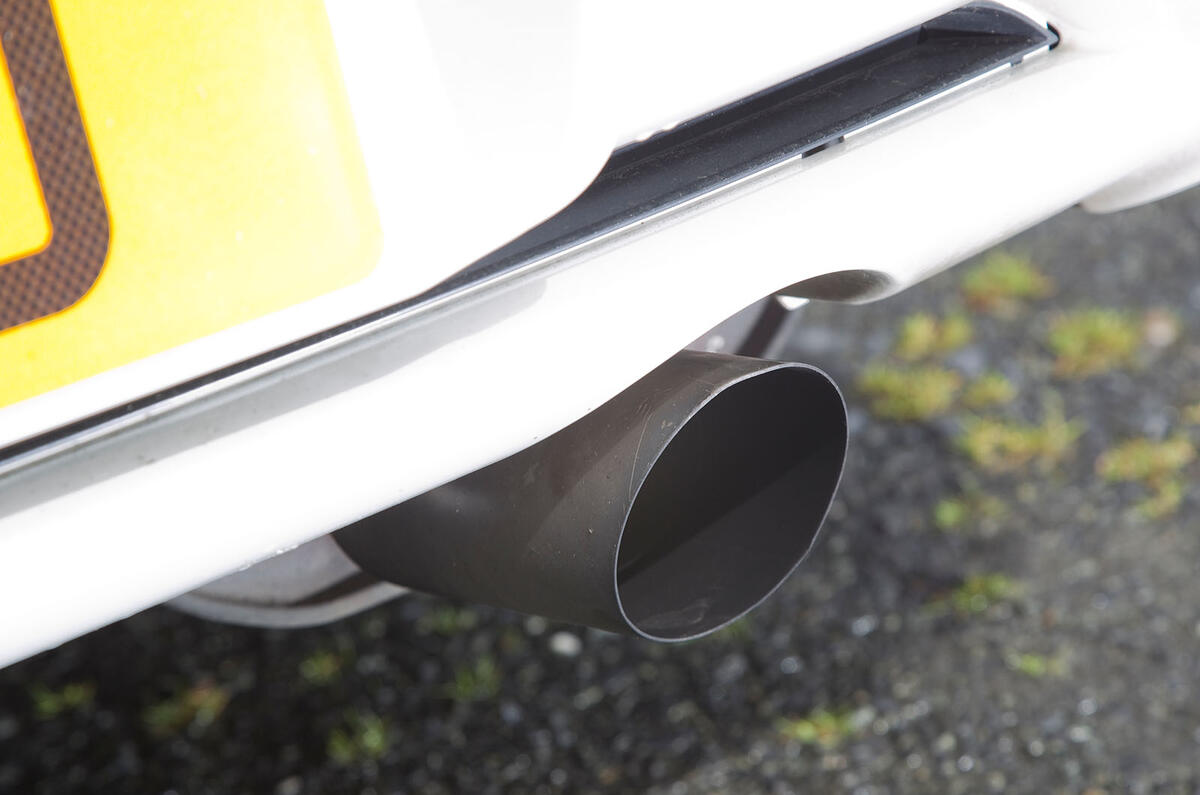
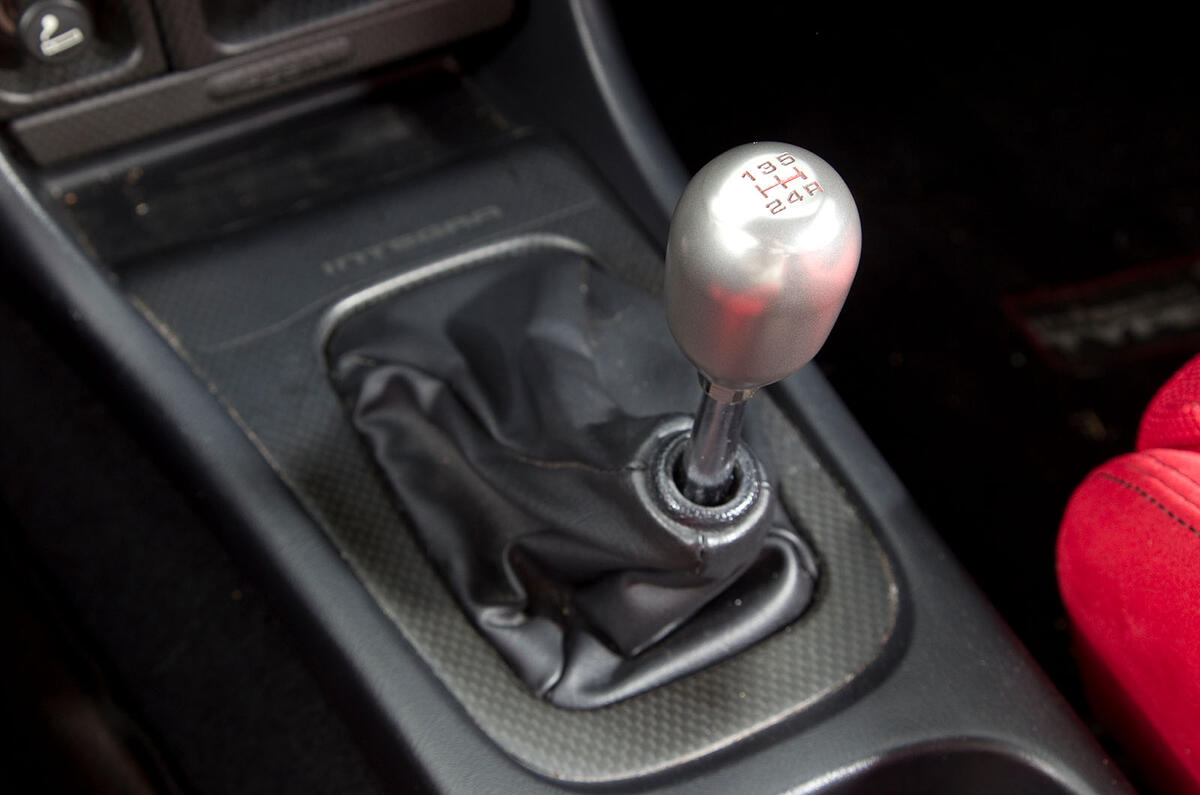
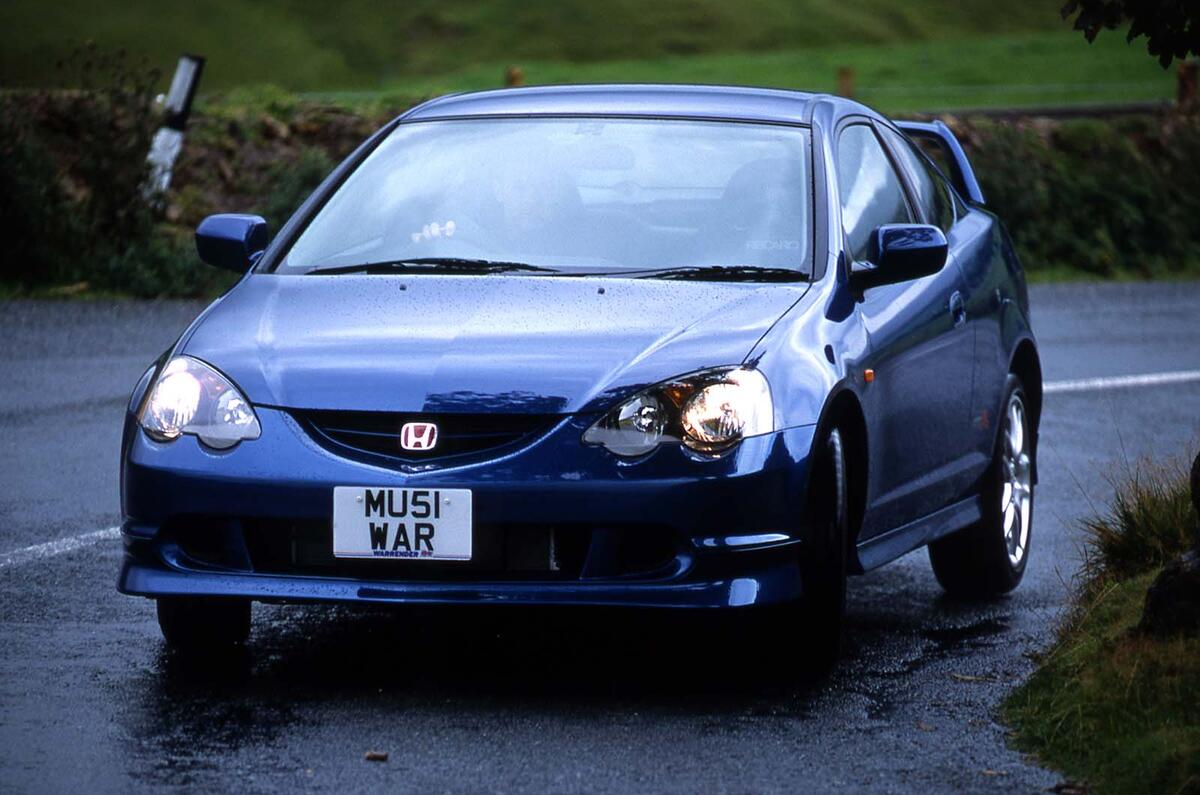
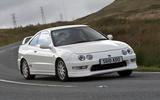
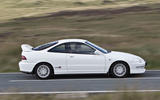
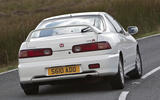



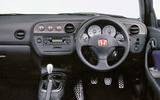
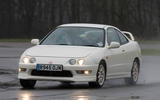

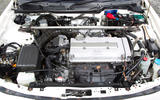
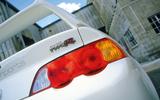
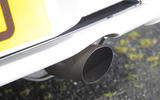
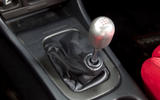



Join the debate
Add your comment
I bought a Civic Aerodeck back in 96 which my work colleague seemed to like. Off he went to buy one but came back with one of these Integra Type Rs. Unfortunatley he fell for the hype. Yes the enthusiasts might drool over that engine and reports of how great a car it was but in reality it was the most uncomfotable car to travel in. I couldn't last more than 10mins in the car, the noise done my head in. I'm sure it was a great track car but road car? No thanks.
His didn't last the year before he traded it in for an Aerodeck.
Definitely one of the really special cars from the turn of the century and fantastic fun to drive. But 20 years on around £20k for a good one? I think I'd opt for a late model Toyota GT86 instead - almost as special, but newer, safer and probably needing less attention to keep it in good fettle.